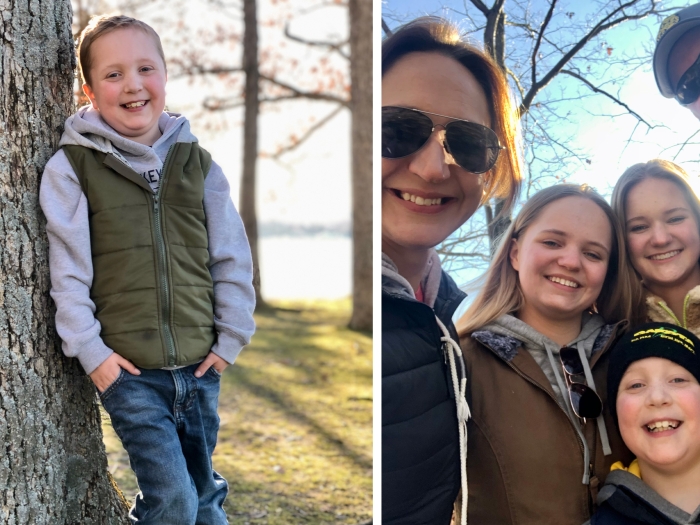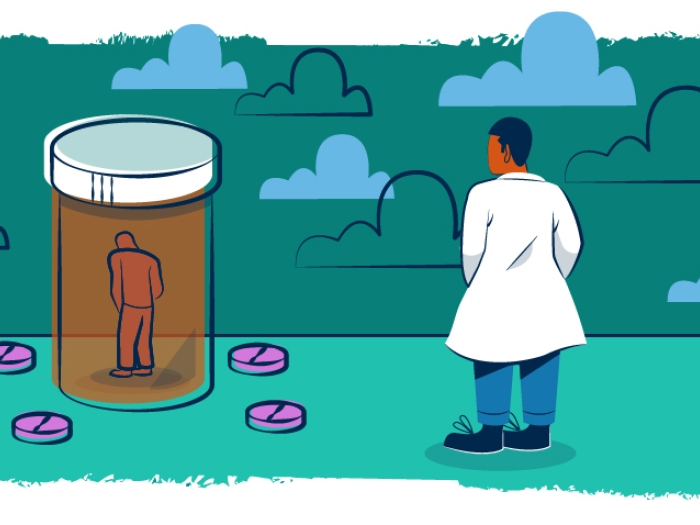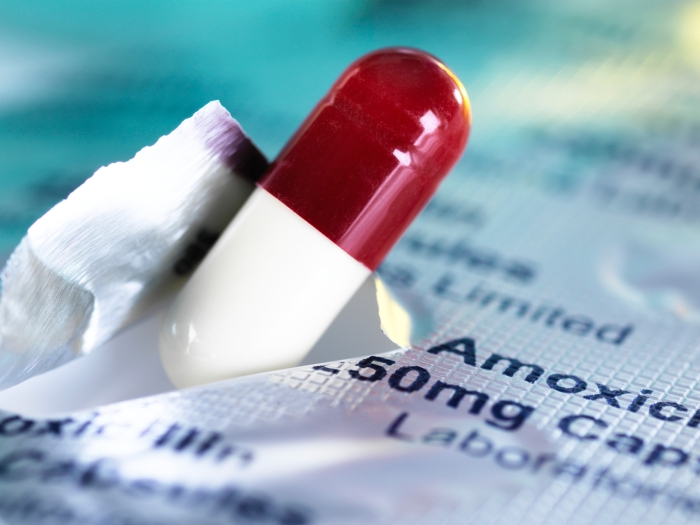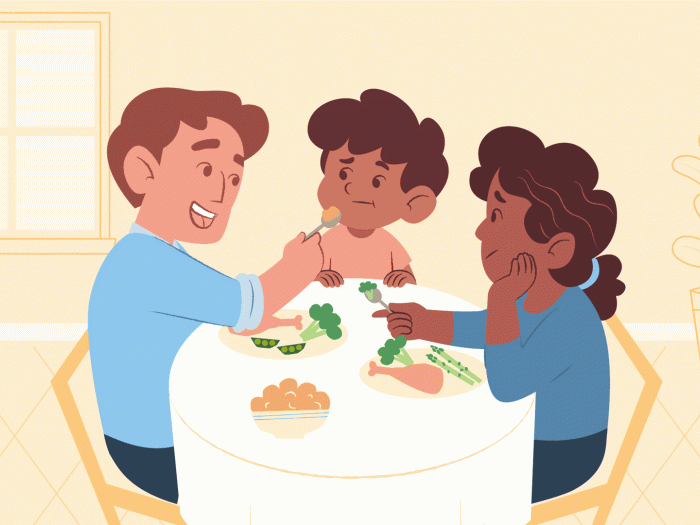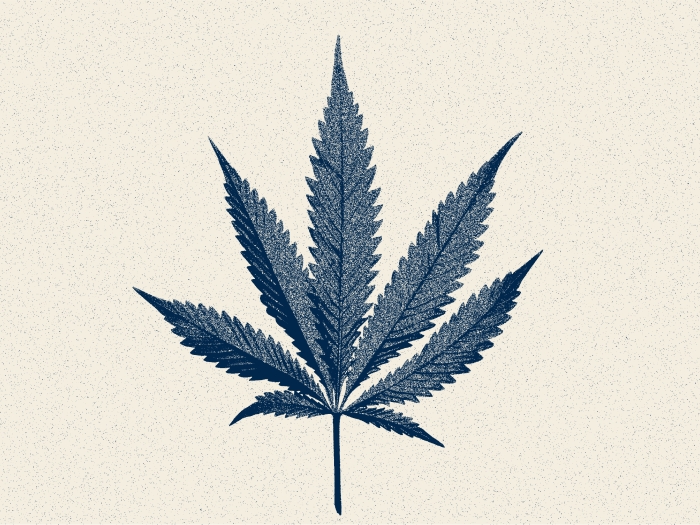Percentage of all child health spending that went to orphan drugs rose 65% in five years, while families’ portion rose even faster.
9:40 AM
Author |

Only about one in every 170 children take them. But "orphan drugs" accounted for 1 in every 15 private insurance dollars spent on children's health care in the United States in 2018, according to a new study. That's up 65% from just five years before.
Even though insurance companies pay much of the cost of high-priced orphan drugs that treat rare childhood diseases, families' share of the cost has risen rapidly.
In fact, the study shows that out-of-pocket costs for these families were higher than those faced by adults who also take orphan drugs.
Some families spend thousands of dollars each year to buy orphan drugs, which are drugs that have received a special designation from the U.S. Food and Drug Administration. About 1 in 8 families paid more than $2,000 a year in 2018 – double the percentage who spent that much in 2013.
The study, published in the October issue of the journal Health Affairs by researchers from the University of Michigan and Boston University, looks at private insurer payments and out-of-pocket spending on 526 orphan drugs. It used a database that every year included data about the drug costs of 4.4 to 5.8 million children age 17 and under.
The special FDA "orphan" designation is designed to incentivize drug companies to develop treatments for rare conditions. A company that receives the designation for its product has a greater amount of time when it has the exclusive rights to market the product and fend off competitors.
Certain drugs drove most of the increase
The researchers report that the prices for small-molecule drugs drove much of the increase in orphan drug spending, with a 162% rise in five years, compared with 16% for biologic drugs, which are derived from living organisms.
Just three drugs approved for the same condition account for more than 23% of all spending on orphan drugs for privately insured children in 2018, the analysis shows. All three – sold as Norditropin, Humatrope and Genotropin – were originally developed to boost the height of children with growth hormone deficiency.
But other research has shown that many children who don't have this rare condition also receive these three drugs through off-label prescribing aimed at boosting their height.
There are no clear guidelines for determining which children should receive the drugs, and insurance companies vary widely in their decisions about covering the cost of the drugs for such uses.
The new study was performed by Kao-Ping Chua, M.D., Ph.D., a pediatrician and health care researcher at Michigan Medicine, the academic medical center of the University of Michigan, and Rena Conti, Ph.D. of Questrom Boston University School of Business. Chua is a member of the Susan B. Meister Child Health Evaluation and Research (CHEAR) Center and the U-M Institute for Healthcare Policy and Innovation; data for the study were accessed via IHPI data holdings.
Earlier this year, Chua, Conti and colleagues published their analysis of all FDA orphan drug designations between 2010 and 2018. They found that just over one-third were for pediatric conditions.
Paper cited: Health Affairs. DOI: 10.1377/hlthaff.2020.00595

Explore a variety of healthcare news & stories by visiting the Health Lab home page for more articles.

Department of Communication at Michigan Medicine
Want top health & research news weekly? Sign up for Health Lab’s newsletters today!
